- All Flags
- Flags of Countries by Continent
-
Flags of Organizations
- Flags of UN countries
- Flags of the European Union countries
- Flags of NATO countries
- Flags of the countries of the Organization of Islamic Cooperation
- Flags of the countries of the Organization of American States
- Flags of the Arab League countries
- Flags of the African Union countries
- Flags of the countries of the Union of South American Nations
- Flags of the Commonwealth of Nations
- Flags of the countries of the Secretariat of the Pacific Community
- Flags of the Nordic Council countries
- Flags of the Caribbean Community
- Flags of the countries of the Association of Southeast Asian Nations
- Flags of the East African Community
- Flags of the countries of the Organization of Turkic States
- LGBT Community Flags
- Historical Flags
- Ethnic Flags
- Flags of the USA (states)
Flag of Sweden
The national flag of Sweden, a symbol of profound historical depth and enduring national identity, features a striking design: a yellow Nordic cross on a blue field. This iconic emblem, known formally as the Swedish Flag, is far more than a mere national ensign; it embodies centuries of history, cultural heritage, and the fundamental values cherish..
Flag of Switzerland
The national flag of Switzerland is renowned globally for its distinctive square shape and striking simplicity: a bold, white, equilateral cross centered on a vibrant red field. This unique design sets it apart from almost all other national flags, with only the Vatican City flag sharing its square proportions. The flag is not merely a piece of clo..
Flag of Syria
The "Independence Flag" of Syria is a powerful historical emblem, distinct from the current official flag. This green, white, and black tricolor, featuring three red stars on its central white stripe, represents a significant period in Syria's journey towards independence and its subsequent political struggles. For many, especially within the Syria..
Flag of Syria (1980-2024)
The national flag of Syria, in use from 1980 until late 2024, served as a prominent emblem of the Syrian Arab Republic during a significant period of its modern history. This flag, deeply rooted in Pan-Arab ideology, symbolized the nation's commitment to Arab unity, freedom, and the principles championed by the Ba'ath Party. Its design reflects asp..
Flag of Taiwan
The National Flag of the Republic of China (Taiwan), often referred to simply as the Flag of Taiwan, is a potent and historically rich symbol. It represents a complex political entity with a unique history and an ongoing geopolitical status that makes its flag particularly significant, both domestically and internationally. While visually striking,..
Flag of Tajikistan
The national flag of Tajikistan is a powerful symbol of the nation's rich history, cultural heritage, and aspirations for the future. Adopted on November 24, 1992, it was one of the first national symbols of the newly independent Republic of Tajikistan after the collapse of the Soviet Union. The flag's design and colors are deeply rooted in Persian..
Flag of Tanzania
The national flag of Tanzania is a dynamic and deeply symbolic representation of the East African nation's rich natural environment, its people, and its aspirations for unity, peace, and progress. Adopted on April 26, 1964, following the union of Tanganyika and Zanzibar to form the United Republic of Tanzania, the flag ingeniously combines elements..
Flag of Tennessee (US state)
The flag of the state of Tennessee is a distinctive and highly symbolic emblem that represents the unique geography, rich history, and unified spirit of its people. With its bold colors and simple yet profound central motif, the flag has become a beloved symbol of the Volunteer State. Its design, officially adopted in 1905, is deeply rooted in the ..
Flag of Texas (US state)
The flag of the state of Texas, universally known as the "Lone Star Flag," is one of the most famous and recognizable symbols in the United States. Its simple yet powerful design embodies the unique history of Texas as an independent republic and its enduring identity as a state. Adopted in 1845, its design is so iconic that its nickname has become..
Flag of Thailand
The national flag of Thailand, affectionately known as Thong Trairong (Thai: ธงไตรรงค์), meaning "tricolor flag," is far more than a mere national emblem; it is a profound representation of the Kingdom's enduring values: Nation, Religion, and Monarchy. Officially adopted on September 28, 1917, the Thong Trairong stands as a vibrant testament to Tha..
Flag of the African Union
The flag of the African Union features a bright green background that symbolizes hope, growth, and harmony, which are key principles for the unity of African states. On this green background is a golden map of Africa, representing the continent as a whole and emphasizing its uniqueness and independence. The map of Africa is surrounded by 55 white ..
Flag of the Aland Islands
The flag of the Åland Islands features a blue field with a yellow Scandinavian cross. Inside this yellow cross is a smaller red cross. The official dimensions of the flag are established: its height-to-length ratio is 17:26. The width of the blue fields at the corners of the flag is 6 units, the width of the yellow cross is 5 units, and the w..
Flag of the Association of Southeast Asian Nations
The flag of the Association of Southeast Asian Nations (ASEAN) is a potent symbol of unity, stability, and prosperity in a region of rich cultural diversity. The flag represents the collective identity and shared commitment of its member states to regional cooperation and integration. Its design, with its specific colors and central emblem, is a vi..
Flag of the Bahamas
The national flag of The Bahamas is a striking and symbolic emblem that perfectly encapsulates the nation's identity, its people, and its stunning natural environment. Adopted upon gaining independence in 1973, its design is a testament to the country's unity, prosperity, and the boundless beauty of its archipelago. The flag is a source of immense ..
Flag of the British Antarctic Territory
The flag of the British Antarctic Territory (BAT) is a unique and deeply symbolic emblem that reflects the history, purpose, and governance of one of the world's most remote and challenging environments. As a British Overseas Territory, its flag is a testament to the United Kingdom's long-standing presence and its commitment to scientific explorati..
Flag of the British Indian Ocean Territory
The Flag of the British Indian Ocean Territory (BIOT) is a distinctive emblem representing one of the United Kingdom's most remote and strategically important overseas territories. This flag, though less widely known than many national flags, holds significant symbolic weight for the territory and its administration, particularly given the unique n..
Flag of the British Virgin Islands
The national flag of the British Virgin Islands is a powerful and historically rich emblem that serves as a visual representation of the territory’s identity, heritage, and its enduring relationship with the United Kingdom. As a British Overseas Territory, its flag adheres to the traditional format of a Blue Ensign, a design that speaks to a ..
Flag of the Caribbean Commonwealth
The flag of the Caribbean Community (CARICOM) is a powerful and unified symbol representing the collective heritage, solidarity, and future aspirations of the peoples of the Caribbean. The flag's design is a visual representation of the organization's core values and its commitment to political, economic, and social integration. It stands as a beac..
Flag of the Cayman Islands
The flag of the Cayman Islands is a powerful symbol of the nation's identity, a vibrant banner that tells a story of its unique heritage, its deep connection to the United Kingdom, and its thriving economic status. As a British Overseas Territory, the flag's design follows a traditional pattern, but its central element—the coat of arms—..
Flag of the Central African Republic
The national flag of the Central African Republic (CAR) is a vibrant and deeply symbolic emblem that encapsulates the nation's aspirations, historical connections, and geographical position. Adopted on December 1, 1958, two years before the country gained full independence from France, this flag was designed by Barthélemy Boganda, the first ..
Flag of the Cocos Islands
The Flag of the Cocos (Keeling) Islands is a profound visual representation of this remote and culturally rich Australian external territory. Situated in the Indian Ocean, these islands are a unique blend of natural beauty, historical depth, and a distinctive local identity shaped by generations of Cocos Malay heritage. This flag, though relatively..
Flag of the Commonwealth of Nations
The flag of the Commonwealth of Nations is a powerful and globally recognized symbol representing a diverse association of 56 member states across all continents. More than just a simple emblem, it embodies the shared values and commitment to cooperation that define the modern Commonwealth. The flag's design is both elegant and meaningful, visually..
Flag of the Congo (Democratic Republic of the Congo)
The national flag of the Democratic Republic of Congo (DRC) is a vibrant and deeply symbolic emblem that tells a compelling story of the nation's tumultuous past, its enduring struggle for peace and prosperity, and its hopes for a brighter future. Adopted on February 18, 2006, the current flag represents a return to a design that holds significant ..
Flag of the Cook Islands
The flag of the Cook Islands is a profound and visually striking representation of the nation's history, geography, and cultural identity. More than just a national emblem, it tells a story of a Pacific nation that navigates its rich past while looking toward a unified future. Its design, steeped in both historical ties and local symbolism, makes i..
Flag of the Council of Europe
The flag of the Council of Europe, one of the most recognizable symbols of European integration, is a powerful visual representation of the continent's shared values and aspirations. It embodies the unity, solidarity, and commitment to peace that are at the core of this leading human rights organization. Adopted long before the European Union's for..


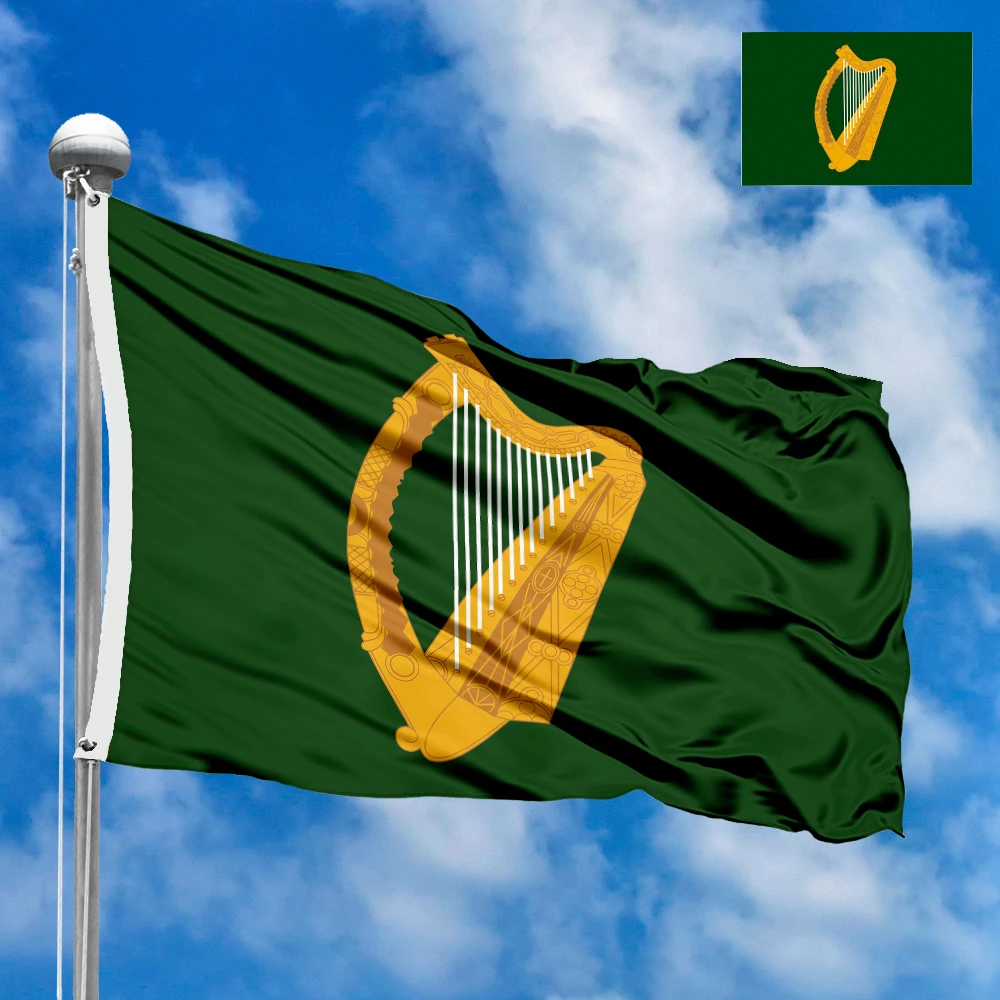




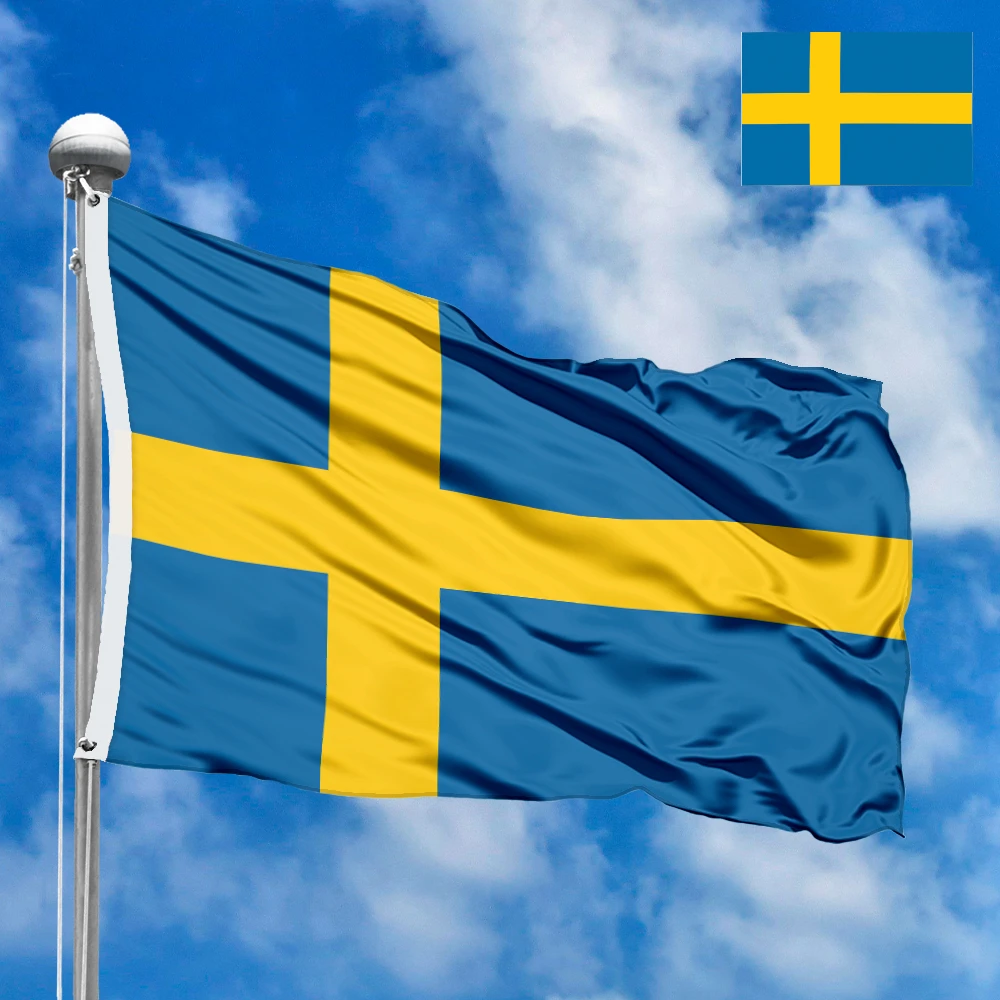








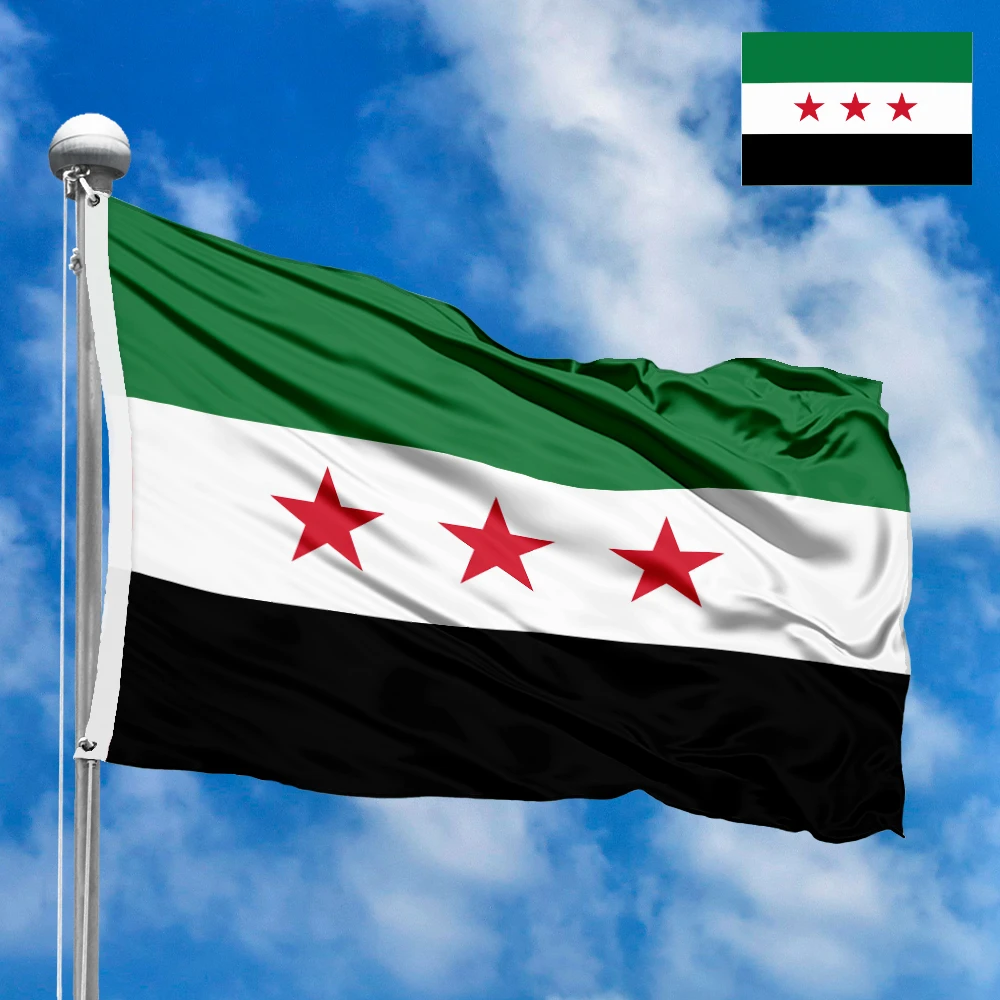







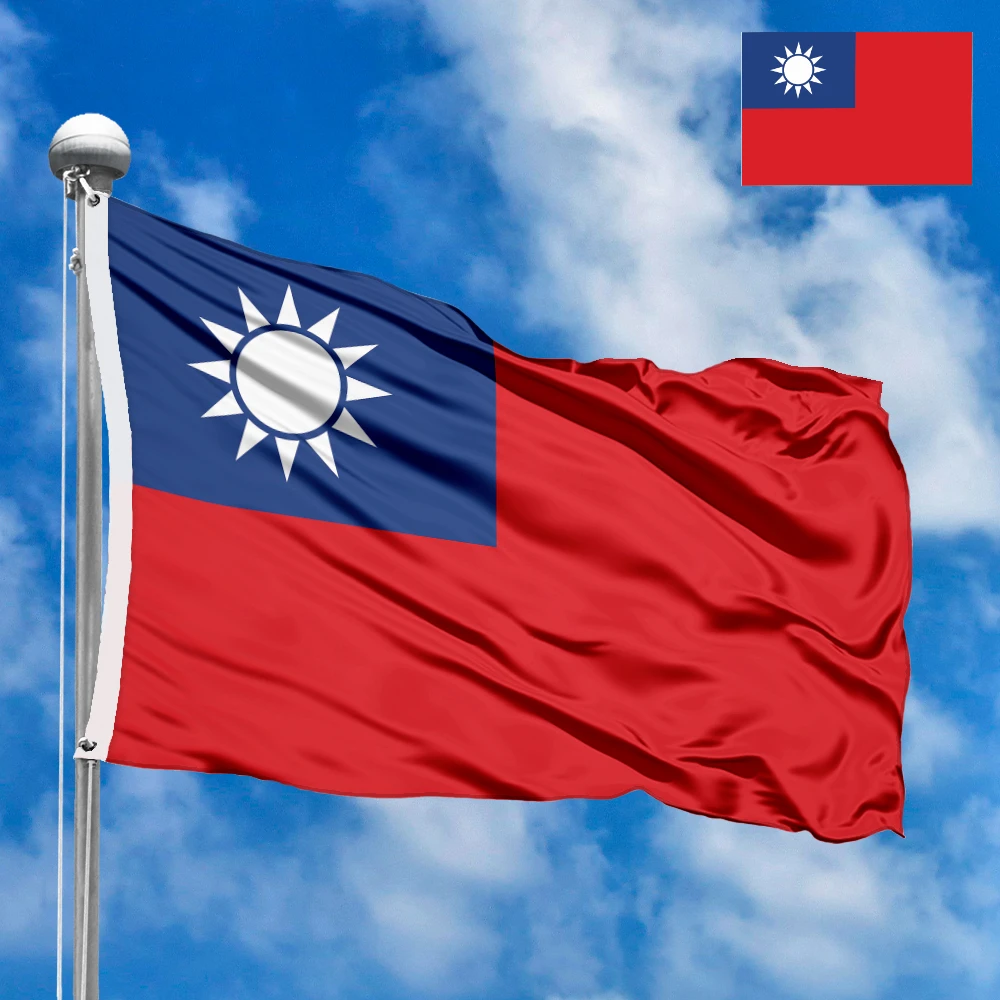



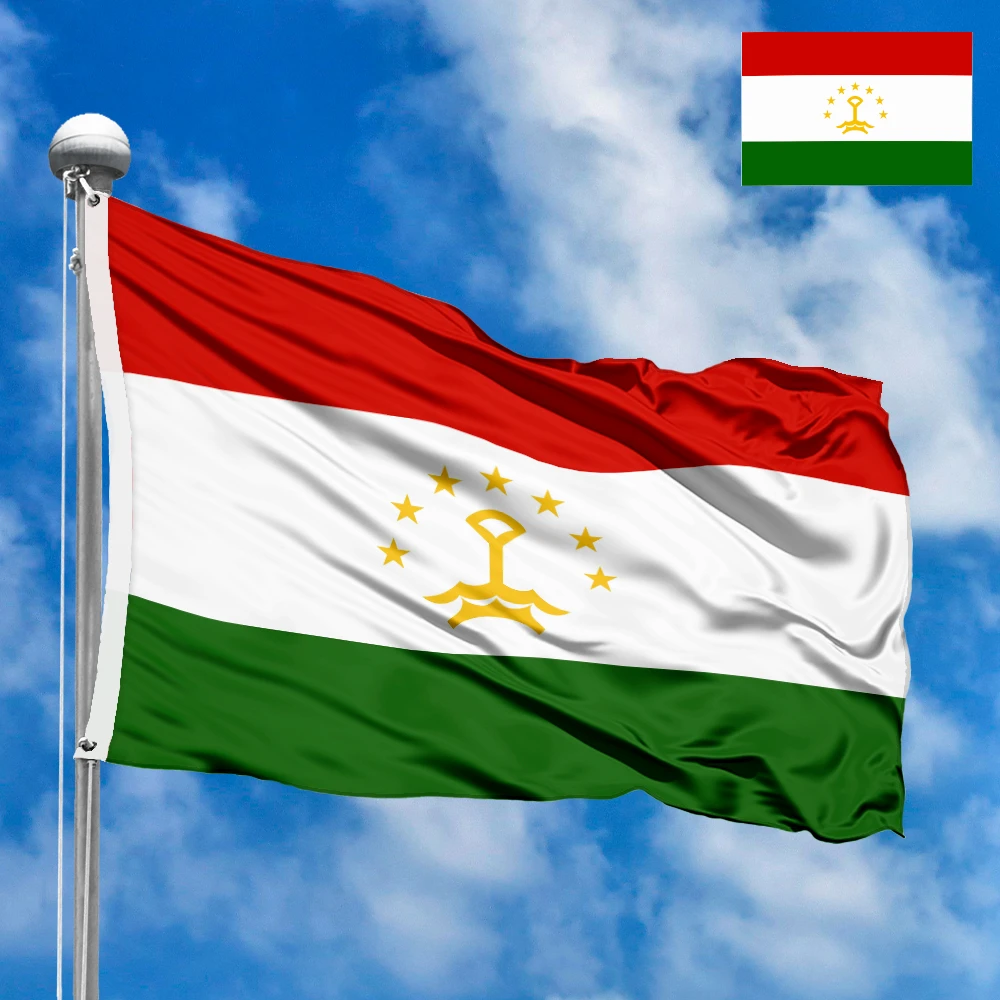











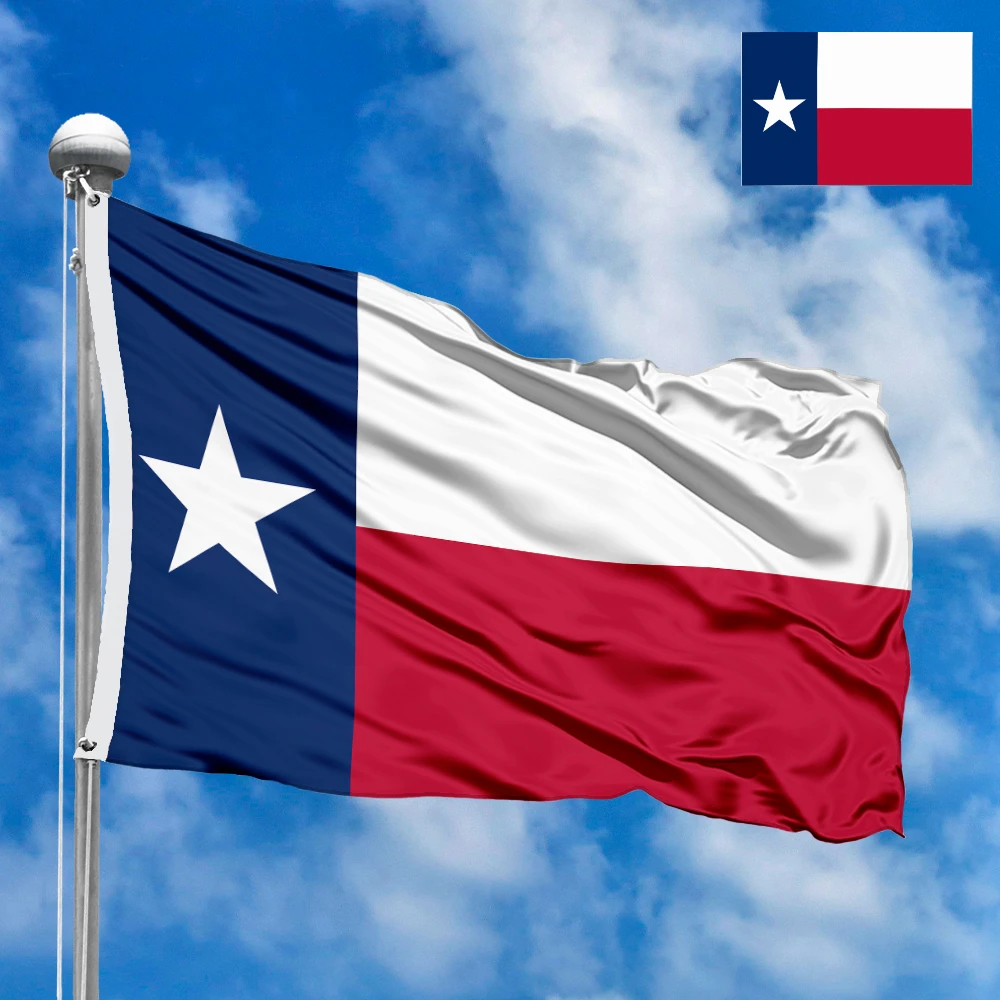



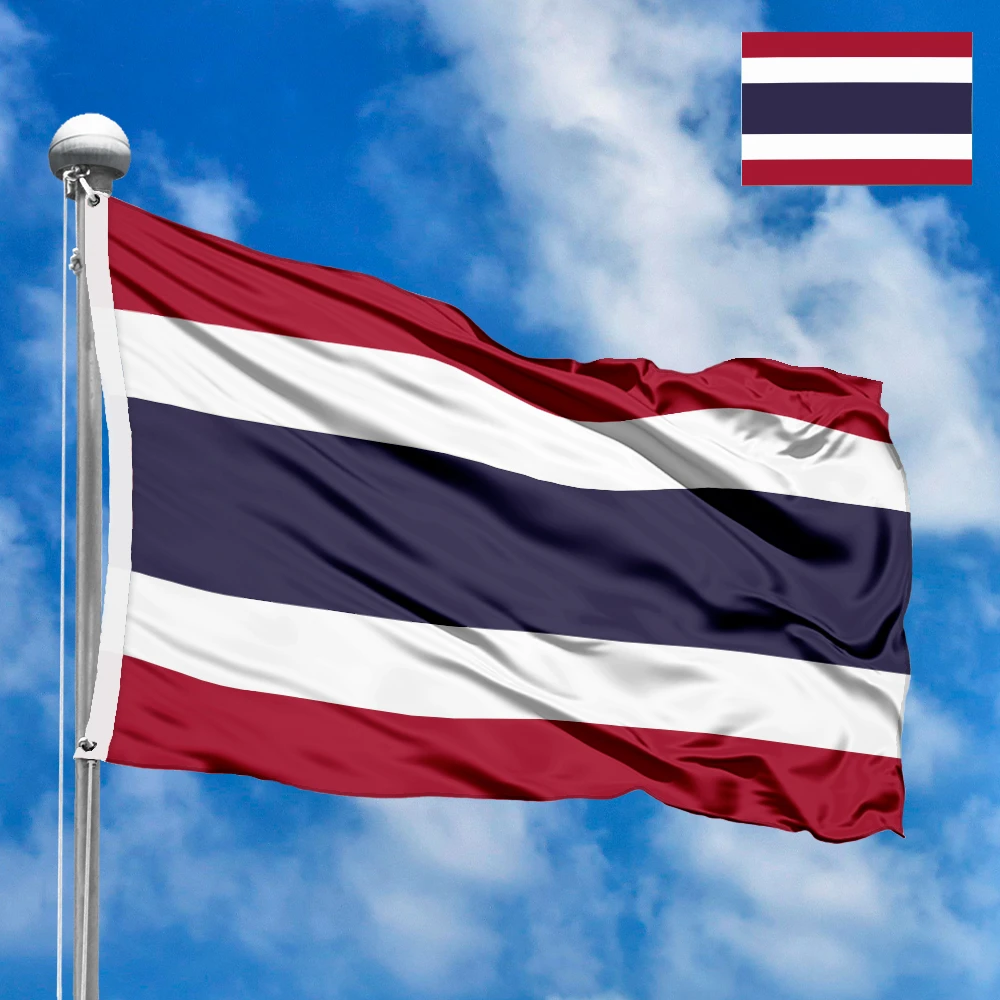



























































 Flags of Europe
Flags of Europe Flags of Asia
Flags of Asia Flags of Africa
Flags of Africa Flags of North America
Flags of North America Flags of South America
Flags of South America Flags of Australia and Oceania
Flags of Australia and Oceania Flags of Antarctica
Flags of Antarctica Flags of International Organizations
Flags of International Organizations LGBT Community Flags
LGBT Community Flags Historical Flags
Historical Flags Flags of the US States
Flags of the US States Ethnic flags
Ethnic flags